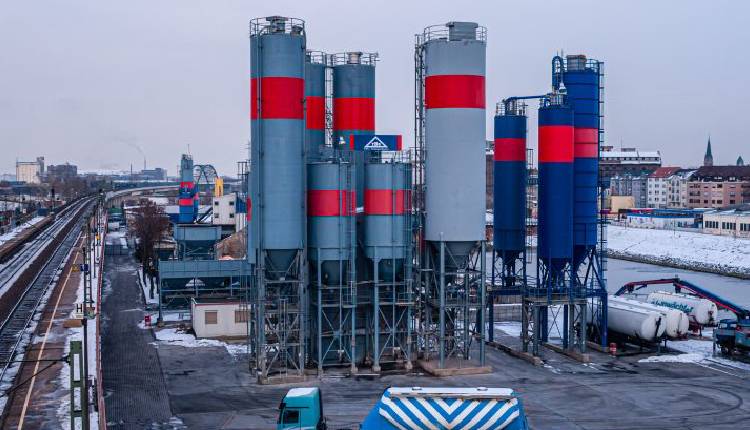The HCOB Germany Manufacturing PMI for May increased to 45.4 from April’s 42.5, reaching a four-month high; similarly, according to data released on Wednesday. Similarly, the PMI Output Index also rose to 48.9 from 45.4, marking a 13-month high
Despite these improvements, both indices remain below the 50.0 threshold, indicating ongoing contraction in the sector, though at a significantly slower rate.
The latest data, collected between May 10 and 23, shows that business conditions in Germany’s manufacturing sector are beginning to stabilise.
The decline in new orders and output eased sharply compared to April, signalling a potential turnaround. This optimism is further supported by improved business expectations for the year ahead, despite another marked drop in employment levels.
Competitive pressures continued to push down input costs and output prices, with purchasing activity among goods producers shrinking midway through the second quarter. Inventory levels saw a substantial decrease, indicating that firms are using up their existing stocks and reducing purchases of raw materials and components.
The rate of contraction in employment eased as manufacturers showed a willingness to reduce workforce numbers at a slower pace, reflecting hopes for increased investment and economic activity driven by potential lower interest rates.
Supplier delivery times saw the least marked improvement in three months, while average prices for factory gate charges declined for the twelfth consecutive month.
Cyrus de la Rubia, Chief Economist at Hamburg Commercial Bank, commented on the data, suggesting that the worst might be over for German manufacturers, as evidenced by the slower rate of decline in both output and new orders.
“Finally, there is light at the end of the tunnel. With the global manufacturing environment having already improved in recent months, the spark now seems to be catching on with German producers. The output index made a significant leap towards the 50 no-change mark in May, indicating that companies have barely reduced their production on average. This is a stark contrast to the previous twelve months, which saw consistent and substantial declines in output.” Cyrus de la Rubia said.
While demand remains weak, the stabilisation of the sector and rising optimism among companies hint at a potential recovery in the near future.
Overall, while the German manufacturing sector is not yet out of contraction territory, the signs of easing declines and improved business sentiment suggest a more optimistic outlook moving forward.


